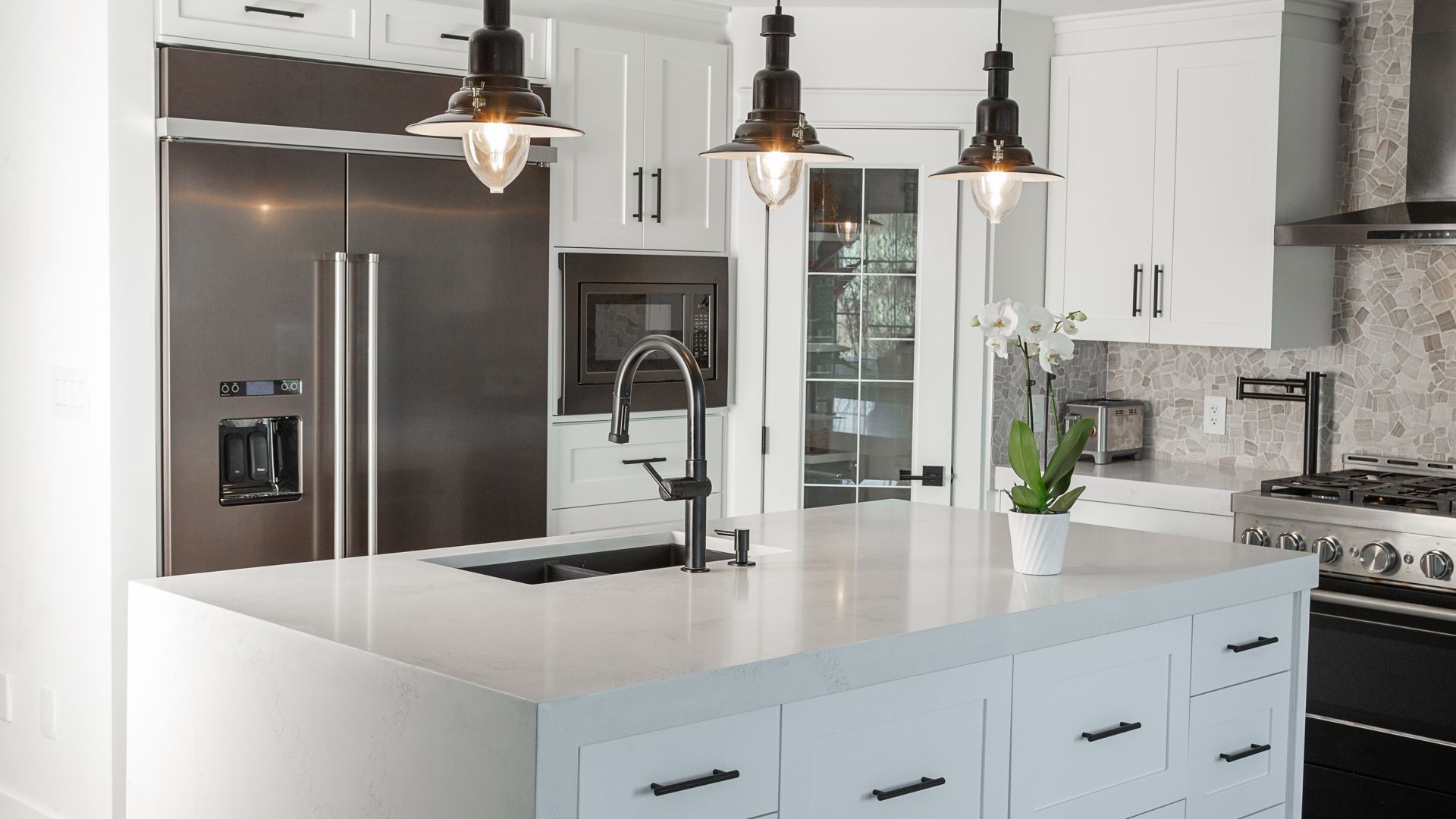With winter temperatures arriving, so does the added risk to your plumbing system. Uninsulated plumbing lines can freeze when exposed to sub-freezing temperatures, and those temperatures are not all that uncommon throughout the months of December through February. A frozen pipe can be disastrous, resulting in severe damage to both your plumbing system and your home as a whole, and that means every homeowner should do everything they can to avoid this problem at all costs. Thankfully, you can do your best to prevent frozen pipes by simply insulating any exposed lines.
However, where should you look for exposed plumbing? Nearly any building will have at least some form of exposed exterior plumbing, and knowing where you’ll find it is key to properly preparing for winter months. Here are five areas to check for uninsulated plumbing so you can make sure you are properly prepared for the freezing temperatures of winter.
Your Front Yard
Your front yard is actually generally the most common place to find exposed plumbing lines. Front yards often have things like water spigots to attach garden hoses, plumbing lines that feed various parts of your home, irrigation systems, and so much more. Sometimes these pipelines are plastic, while in many cases your utility lines (including your main water line and main water shutoff) are typically made of metal. This makes them prone to freezing, and makes it extremely important that you ensure everything here is properly insulated.
Your Back Yard
Your back yard is a common place to find exposed plumbing lines in the form of either irrigation lines or water spigots. Spigots are typically metal taps that are directly connected to one of your home’s main water lines so you can connect a garden hose, fill up a bucket, or even set up a simple sprinkler system. Spigots can and do freeze over during cold weather, resulting in serious damage to themselves and to the water lines they are connected to. Irrigation can include things like drip systems, automated lawn sprinklers, and more. And while many of these fixtures are typically buried underground and made of plastic (a material less likely to freeze), they can and will be damaged by freezing weather.
Your Basement/Crawlspace
It isn’t uncommon for basements and crawlspaces to contain uninsulated plumbing lines simply because these areas are typically skipped right over during the finishing process when building a home. While some people go through later and insulate then finish basements, it isn’t uncommon for there to still be exposed lines, particularly those that run to your water heater, boiler, or any other important appliances. If you see any exposed plumbing lines in the ceiling of your basement, insulate them. Likewise, it’s a good idea to head into your crawlspace once a year and check on your plumbing insulation. If it has worn down too much, replace it.
Your Garage
If your home is on the older side and has been repiped with copper plumbing at some point in its life, then you may very well have exposed plumbing lines near the front of your home. In most cases, it’s not economical to rip all of the old plumbing out of your walls and directly replace it with new stuff. Instead, most plumbers will simply “delete” the old lines and run new ones where necessary. This can often lead to some of the new line being exposed in places like your garage or a closet near the front of your property (where your water enters your home).
Your Water Meter/Main Shutoff Valve
Finally, you can pretty easily find exposed water lines around your water meter. Because water meters need to be easily readable by your utility company, they are typically placed above ground somewhere near your master water control valve. While water lines will typically dip back underground not long after going through your water meter, it is still crucially important that you keep these lines properly protected and shielded from cold weather in order to make sure your water continues to flow. Make sure you properly insulate any exposed lines, particularly metal lines, located leading into or out of your water meter as well as any other outdoor plumbing fixtures.
If your plumbing is frozen over or you’re dealing with the consequences of a burst pipe, call Smith’s Plumbing Services at (901) 290-1110 right away!